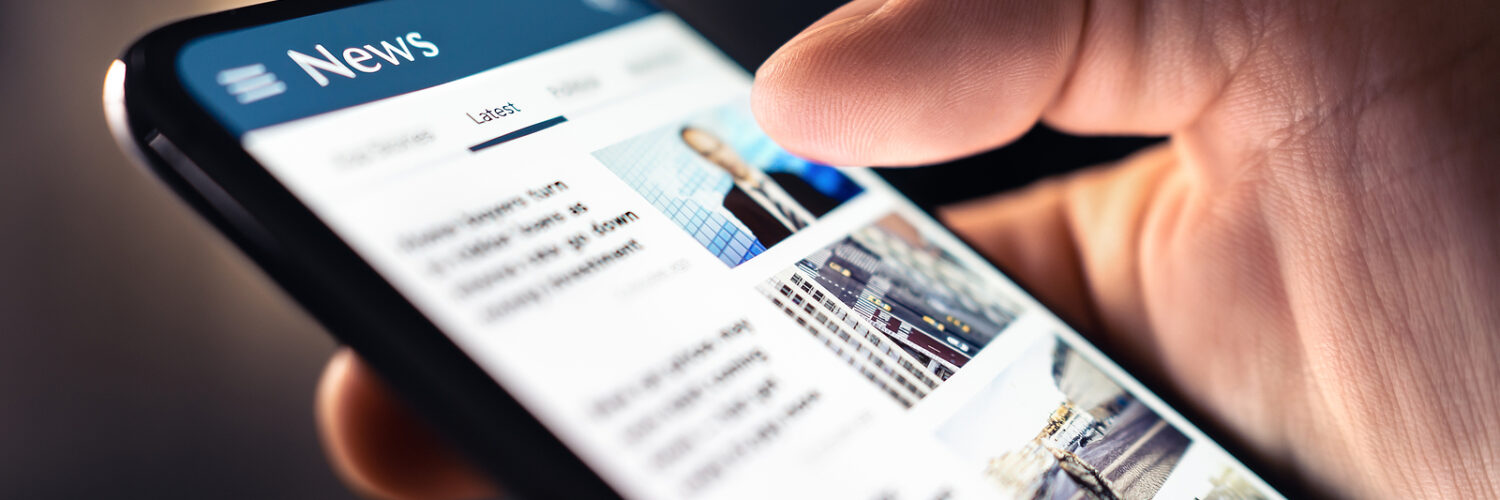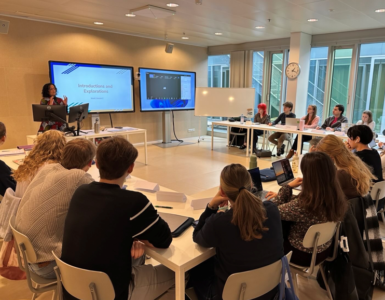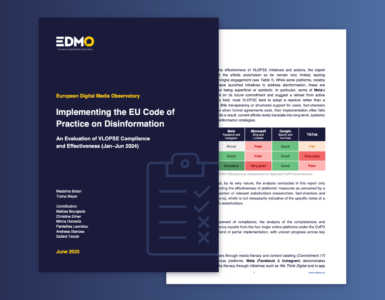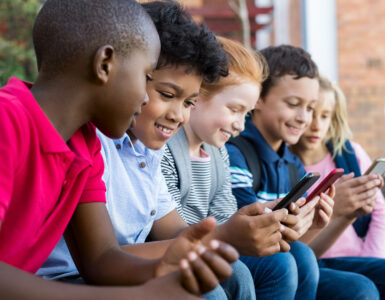by Bobbie Eisenstock, California State University, USA.
When it comes to reading the news, media literacy is not enough.
In a complex media environment where fact-based journalism exists alongside falsehoods and unverified opinions, it is challenging to know who and what to believe. A media literate person asks questions about who created the message and why, the techniques used to construct the message and deconstruct its meaning, the values and viewpoints embedded in or omitted from the message, and how different people might interpret it. What is missing?
We also need knowledge about professional journalism practices and standards and skills to fact-check and use digital tools to verify the news item. Knowing how to think like a journalist and search like a fact-checker can help us figure out what is true and what is false. It can help us separate fact-based news from misinformation and disinformation that have weaponized falsehoods and disrupted the flow of trustworthy news creating a polarizing news credibility crisis.
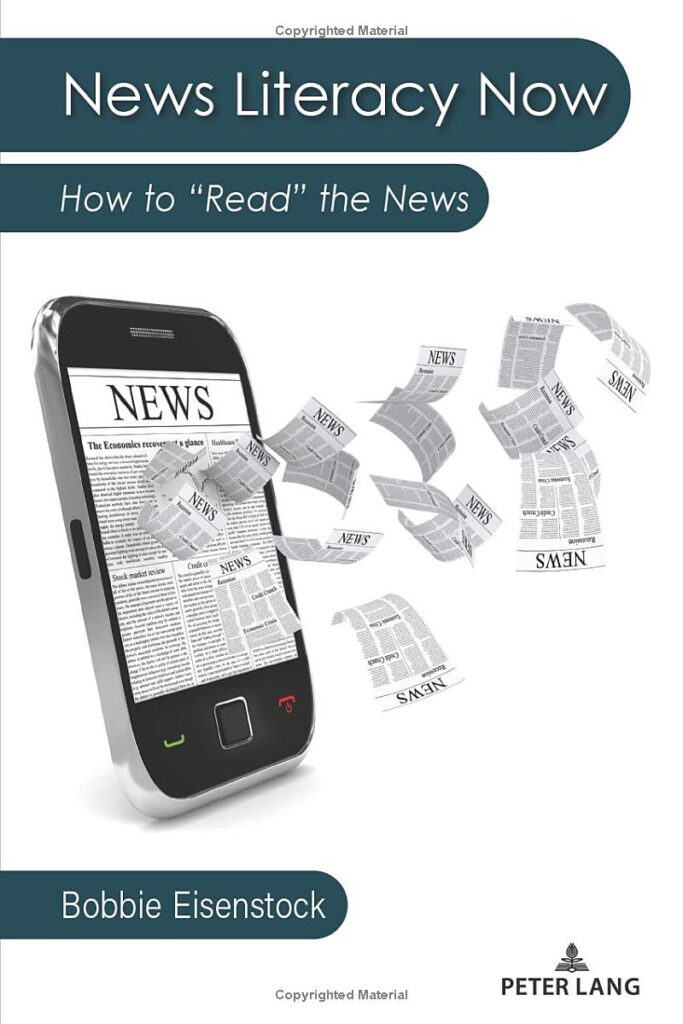
To build these critical thinking skills requires a new approach to “read” the news that intersects media literacy, news literacy, information and web literacy skills. News Literacy Now: How to “Read” the News (Peter Lang, 2023) explains a hybrid strategy that adapts the media literacy framework developed by the Center for Media Literacy (CML) to analyze the nature of news and the practice of journalism, apply fact-checking strategies such as lateral reading and reverse image search to verify information, and empower civic responsibility and informed participation in a democratic society.
The CML framework uses five core concepts and corresponding key questions to guide a close analysis of the media message and its creator, content, format, purpose, and the audience’s interpretation of the message. This method of inquiry forms a template for the news media literacy framework that organizes the structure of the book. The core concepts and key questions are reformulated specifically for news messaging incorporating the elements of journalism taught in high school and university courses and news literacy programs.
The book is written in a Q and A format from the news consumers’ perspective, asking and answering questions about our personal news experiences, the news-gathering process, and the vital watchdog roles that journalists and a free press play in protecting democracy. It provides a contextual understanding of the way news is produced, distributed, consumed, trusted and valued.
Have you thought about who writes the news? Is a citizen journalist or a pundit a journalist? What makes a story newsworthy? Do news media take sides? Who sets your news agenda? Does confirmation bias limit your worldview? Are you trapped in an echo chamber and how do you escape it? What exactly is “fake news”? How do you find the facts and disrupt disinformation? These are just a few questions posed in the book. The goal is to gain news media knowledge while developing news choices that empower the way we consume, create and share information in the digital world.
News media literacy is an essential life skill. We are living in the Age of Disinformation when false news has created confusion and uncertainty about basic facts. Many of us do not have the skills needed to navigate the digital spaces where we get our news. We are more tech savvy than media literate. We know how to use computers and smartphones, download apps, create content and post comments on social media. But we may not know how to sift through the daily barrage of messages to access relevant and reliable information.
We may not have learned how to determine if a news story is factual or fraudulent, a tweet or quote is credible or hearsay, a meme or GIF is humorous or propaganda, or a narrative, photograph, video or audio clip is authentic, digitally manipulated or AI generated. We may not realize that we are interacting with a chatbot and not a real person. We may not detect when algorithms drive us toward extreme political views or conspiracy theories.
Young people who are coming of age as voters, and will soon be our future leaders, mostly follow news on social media where false and misleading information spreads farther and faster than factual news. News media literacy skills can help them navigate the minefield of misinformation and disinformation by identifying credible and trustworthy information they need to be informed citizens who responsibly engage in civic life.
News media literacy has never mattered more. False news has become a threat to democracy around the world. Just as the press’ responsibility is to serve as a watchdog for wrongdoing on the public’s behalf, we, in turn, have a responsibility to act as a watchdog of truth wherever we get our news. We need to be mindful of how we “read” the news to ensure that facts matter.

Author
Bobbie Eisenstock, Ph.D. is on the journalism faculty at California State University, Northridge and serves on the Board of Directors of the National Association for Media Literacy Education. Her recent book News Literacy Now: How to “Read” the News (Peter Lang, 2023) is inspired by her students to help them navigate the “fake news” crisis of credibility.

